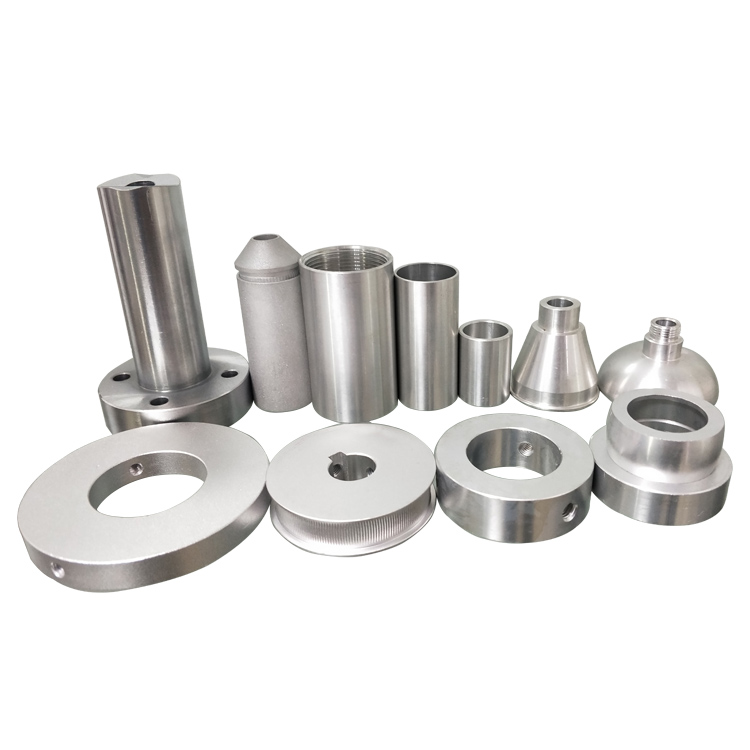Combining the threads on your various parts can sometimes be the ultimate cause of failure for your assembly. This is because there are a lot of design rules, and the level of precision that is required to manufacture threads is very high. They can last for years if they are assembled properly; however, if you do it incorrectly, you put yourself in danger of suffering a serious injury. If they are assembled properly, they can last for years.
The level of precision that is required to create threads is extremely high, and the process of doing so can occasionally lead to the complete disassembly of the component that is being threaded. It is simple to remember the distinction between internal and external threads if one keeps in mind that external threads are located on screws and bolts, which are found on the surface of the hardware. Internal threads, on the other hand, are found within the hardware itself. Internal threads are found on the interior of a body part, and their purpose is to accept and lock the threads of screws and bolts. They are designed to be located on the interior of a body part. There are three primary types of imperial threads, each of which belongs to the same CNC turning family as metric threads and is considered to be a member of the unified thread family. Metric and imperial threads are both considered to be part of the same unified thread family. 11 inches, and the fact that there are 40 threads per inch indicates that the pitch is extremely fine. In order to use a screw with a size of #4-40, you will require a drill bit with the same size. On-axis: passing from one end directly through the hole located in the middle of the turned part; 2. Off-axis: 2. Radial: the hole that travels all the way through the circumference of the turned part; 3. Off-center: the hole that is not located on the turned part's axis; 4. Off-center: the hole that is not located on the turned part's.
When creating internal threads, single-lip threading tools are utilized as opposed to the more conventional threading taps in order to achieve the desired result. When we machine holes using an internal threading method, the holes that we create may have a length that is greater than the reach of the threading tools that we use. Before you can make your screw go all the way through the component, you will need to start by inserting a tap into the hole so that you can prepare it for the screw's passage. Picking threads from both sides of the fabric is perfectly acceptable as long as the threads do not intersect with one another. When making threads, it is essential to take into account the many different diameters that are involved in the process. It will become dislodged, and the screw might keep turning indefinitely in the hole after it does so. At this point, your only choice will be to use larger hardware, which might not be acceptable from a functional standpoint or might not be consistent with the design that you have selected.

When applied to turned parts, external threads have the distinct advantage of extending the overall length of the part, provided that the part is suitable for turning in the first place. This is only the case if the part is designed to be turned. However, we recommend trimming the threads to remove any excess material or to eliminate any thread mismatches that may have occurred as a result of using this method. This method is CNC Precision Machining Parts suitable for 1/2 threads.
Machining smaller external threads with ballnose or flat end mills is more difficult than it should be because the pitch is too tight on these threads. Because of this, there is a large radius at the root of the thread. This is caused by the pitch. You will need to use a die that is specifically designed for cutting threads in order to cut the threads and remove the remaining material. Die specifically designed for cutting threads. between 0. 008 and 0. 016 inches. Remember that you need to remove the threads so that our software can numerically view the outside diameter in order to determine the type of thread that is required. This will allow our software to determine which type of thread is required. Inserts are useful in circumstances such as these because, for instance, if you are working with plastic parts, you need to keep in mind that their threads will invariably wear down much faster than the threads on metal parts. This is one of the reasons why inserts are useful in these kinds of circumstances. If you use these sturdy little disks, you can create strong threads even on materials that aren't very strong. This is because the disks have a hole in the center.



